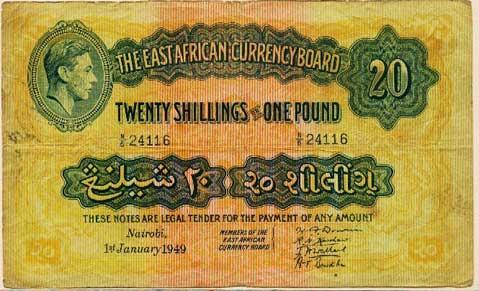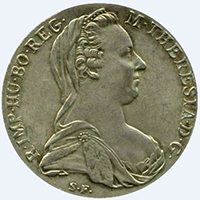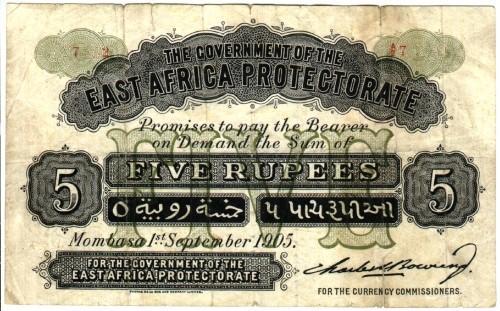It is 1949. Kenya is under British colonial rule. Among the notes in circulations is the twenty East African shilling, an equivalent of one pound.
Never in a million years would someone have predicted that the name "Pound" would be used to refer to the twenty Kenyan shillings for generations to come.
The highly sought-after 1949 East African shillings note is currently worth more than 300 dollars if we are to go by the latest sale on eBay.
But how did the shillings come to be?
Let me take you back to the birth of the Kenyan currency.
In the pre-colonial period, Kenyan communities traded and exchanged goods and services under the Barter trade system.
However, the barter trade system had one major downside. Measuring how much a product was worth in exchange for another was impossible. The trader with the least of need had the upper hand.
The arrival of the Arabs on the coast and Indian ocean further complicated the barter trade system. New trading routes were introduced, increasing the demand and supply of different commodities in the hinterlands.
The traders had no choice but to embrace proto currencies like cowrie shells (Cypraea Moneta), cloth, wire and beads as the dominant form of money. The proto-currencies were portable and divisible, and their utility ensured wide acceptance.
The Arab sultanate introduced the first use of currency, a silver coin called the Maria Theresa Thaler, to the coast when they moved to Zanzibar.
A rival coin, the United States silver dollar would quickly follow when traders from the recently independent United States of America started to frequent Zanzibar.
The expansion of trade between East Africa and India brought a new kid to the block, the silver rupee.
Later, the Imperial British East Africa Company got concession(approval from the queen) of trade in Kenya and issued the Pice, Rupees and Annas as the currency.
The penetration of coins and notes only started when the construction of the railway commenced in Mombasa in May 1896 to reach Port Florence (Kisumu) in 1901.
The pice was the common unit of exchange, giving rise to the Swahili word "pesa," which means money.
After World War I, a London-based East Africa Currency Board(EACB), which would cater for the existing protectorates(Kenya, Tanganyika, Uganda, Zanzibar), replaced the Mombasa Currency Board.
The board introduced an intermediate currency based on the English Florin with the thought of easing the transformation from rupee to shillings. This was the beginning of the shillings in Kenya.
In 1962, the East African Countries formed a common East African Central Bank. The bank produced an interim currency known as Lake issue currency because the notes had a dhow on Lake Victoria, which is common among the three countries.
The notes were in the denominations of 5, 10, 20 and 100 shillings. For the first time, Hindi was dropped on the notes and replaced by Swahili. The notes ceased to be legal tender in September 1967, and the coins in April 1969 when the Central Bank of Kenya began printing and minting its currency.
The initial issue of Kenya shilling notes was in the denominations of 5, 10, 20, 50 and 100 shillings, while the coins were in the denominations of 5 cents, 10 cents, 25 cents, 50 cents and 1 shilling.
Some notable notes and coins:




Get the complete list of pre-independence notes and coins, including special currencies.
Special thanks to Stephanie for editing this issue.
Enjoy some chill afrobeat mix by DJ Hol Up.
Talk to you soon.
Remember, it is time to tell our stories.
Mike.
Join the Lughayangu Community!

